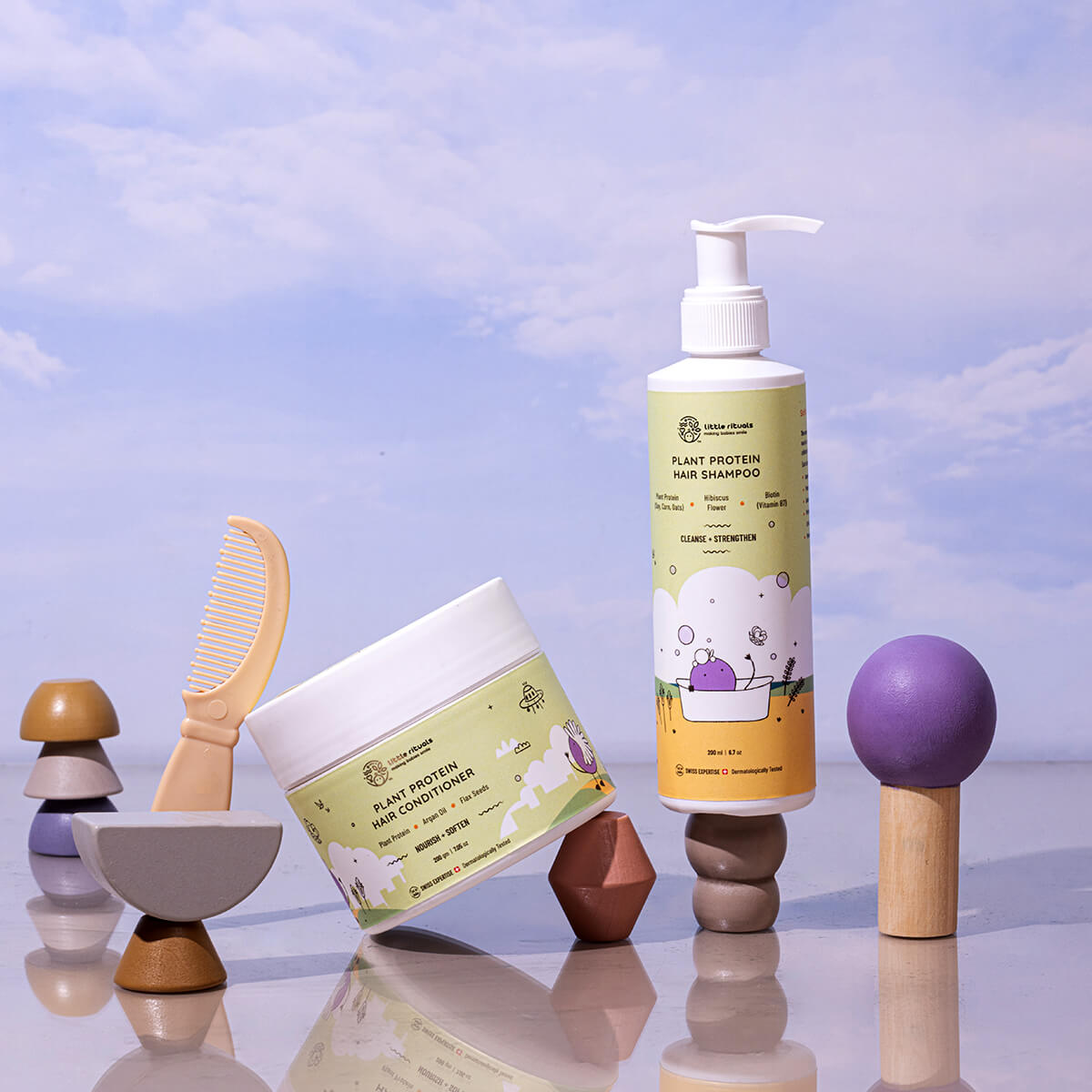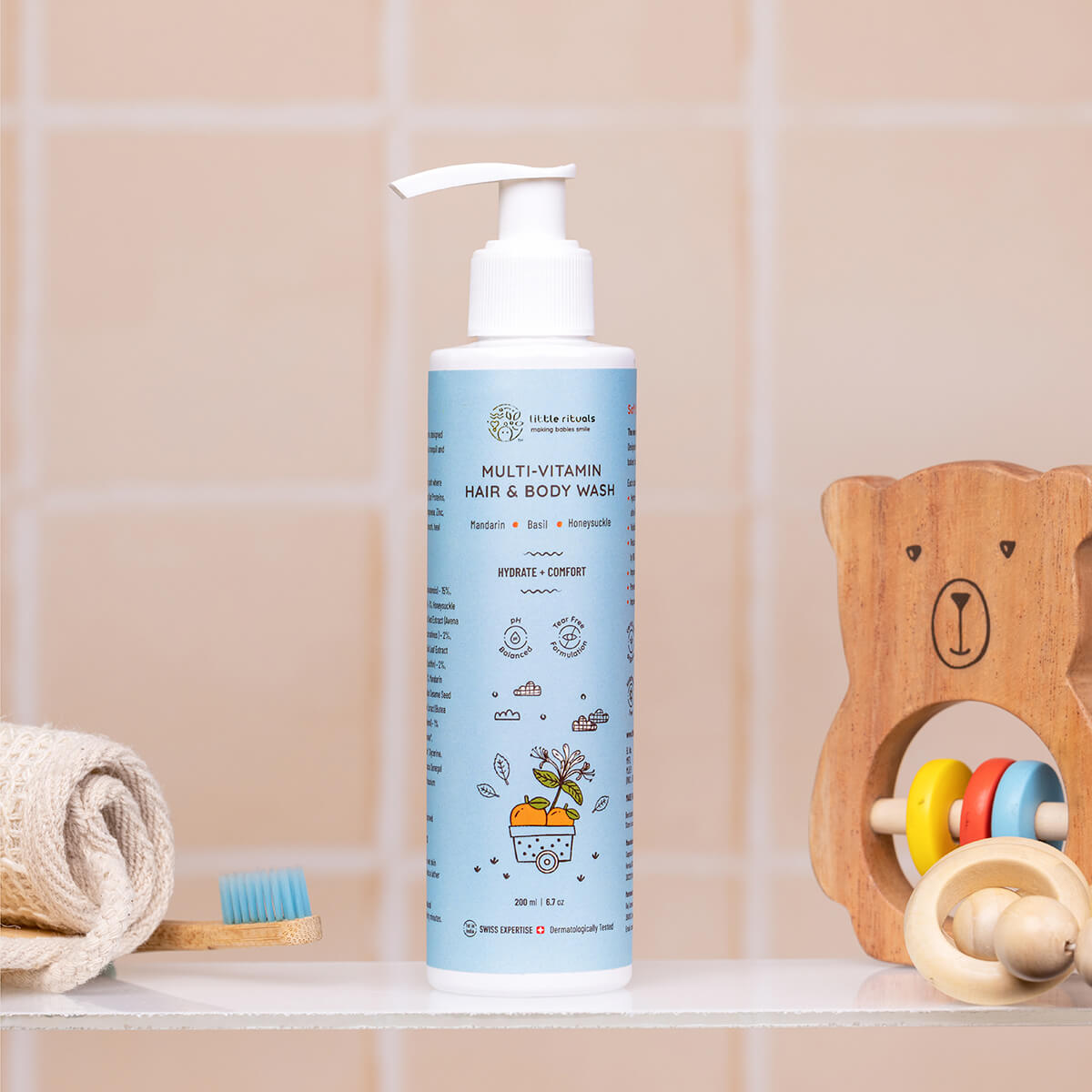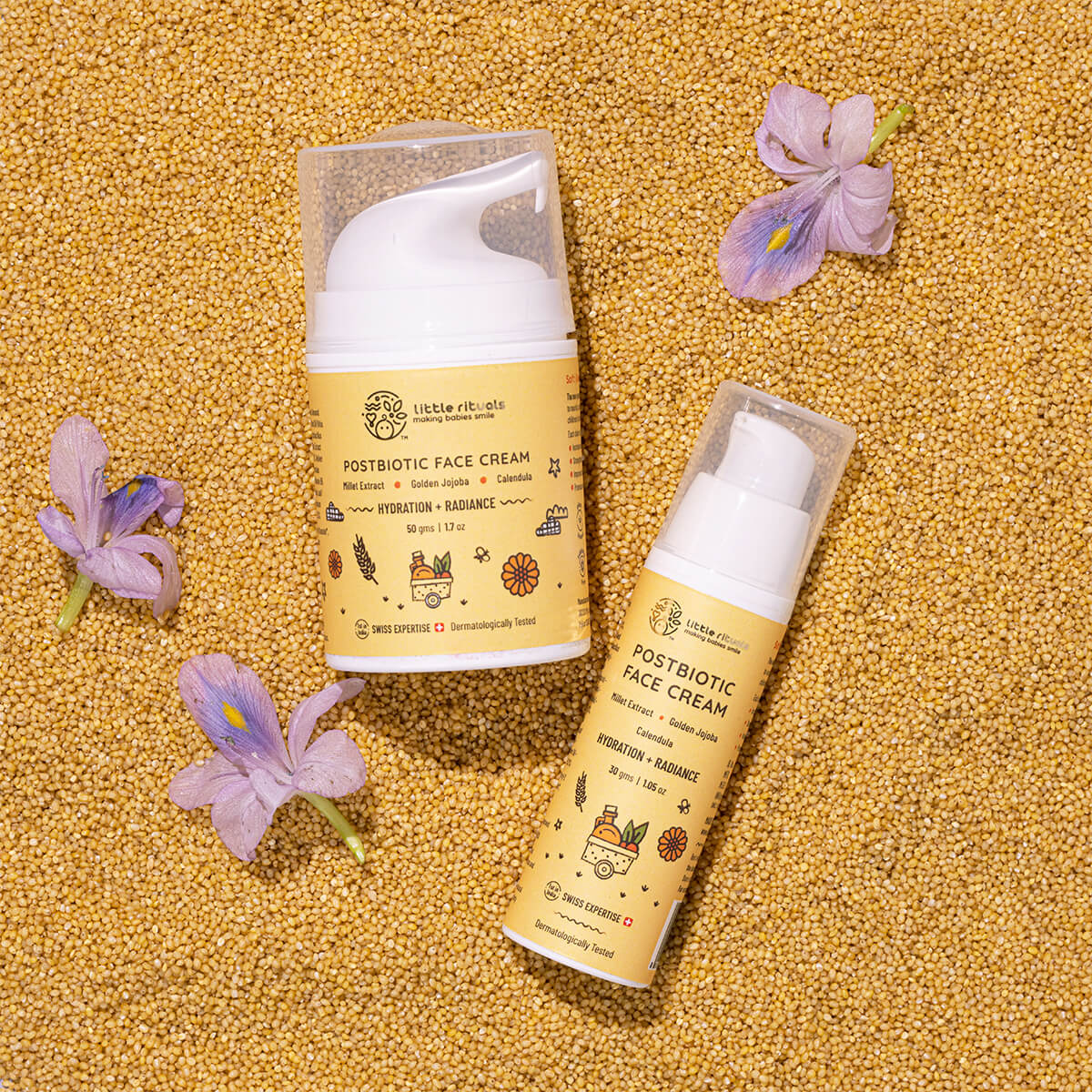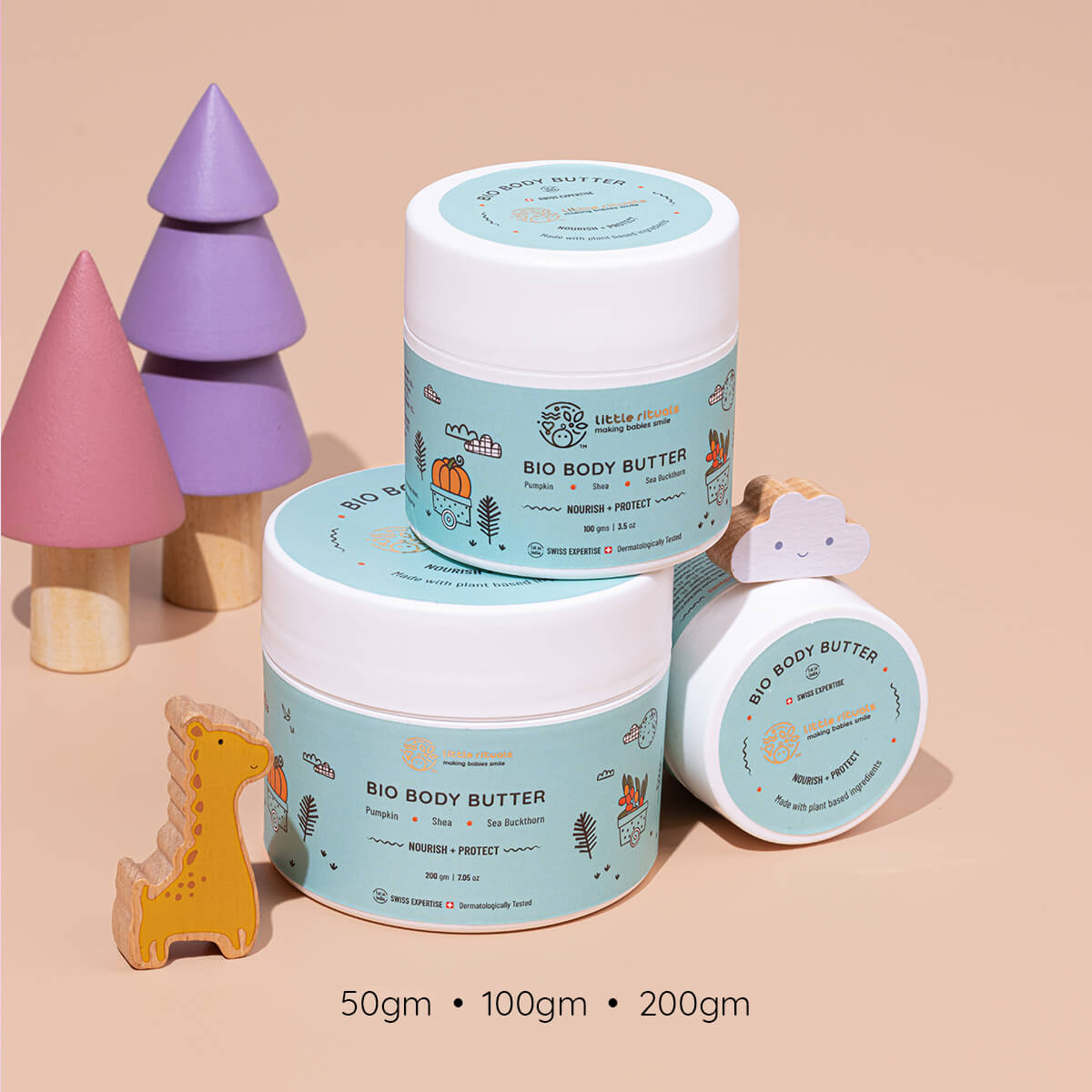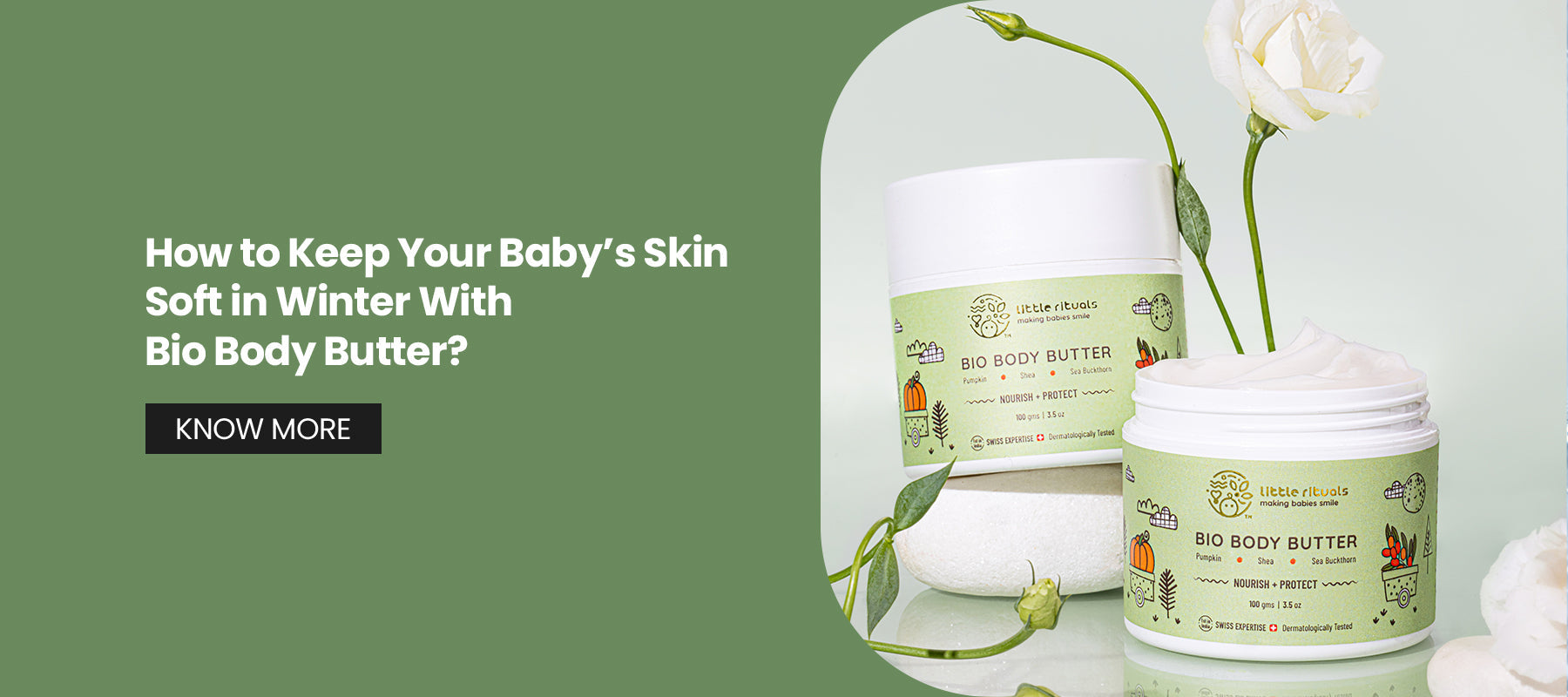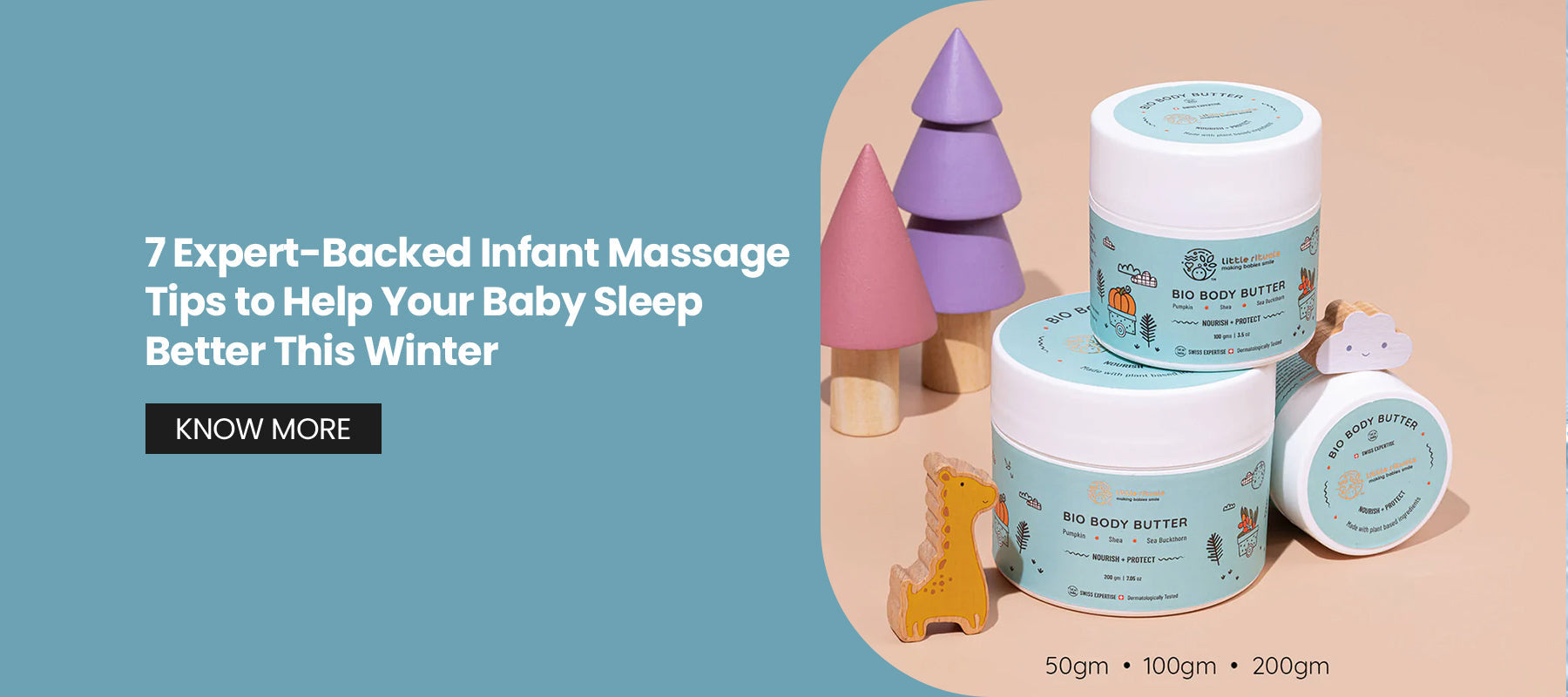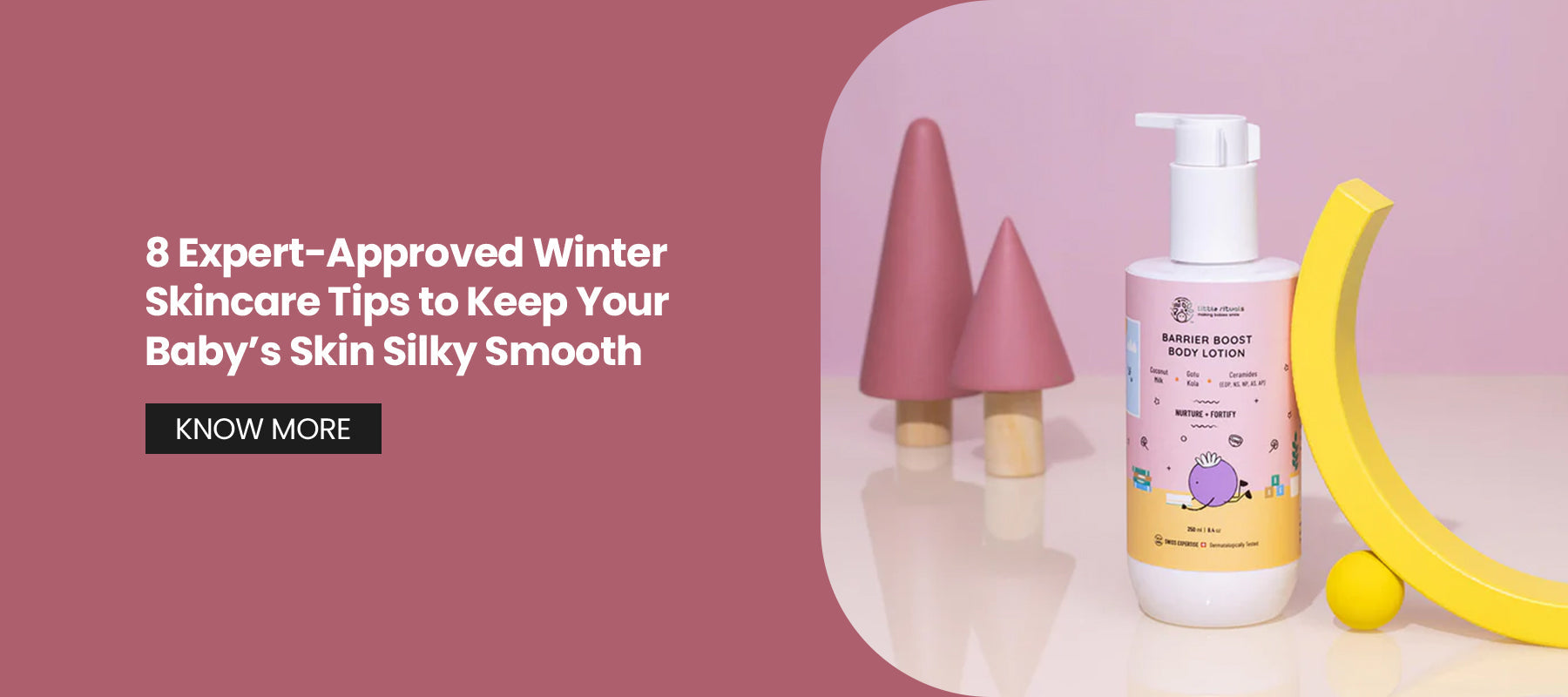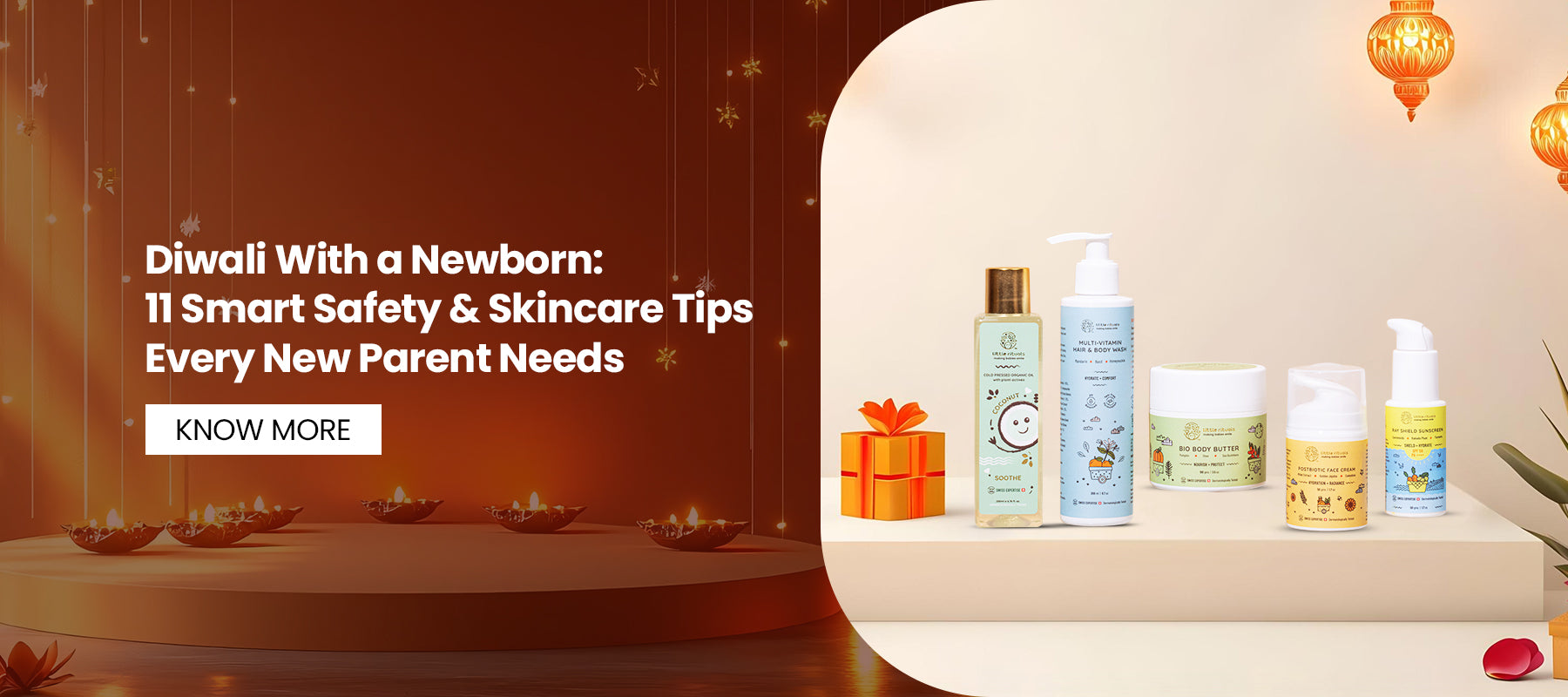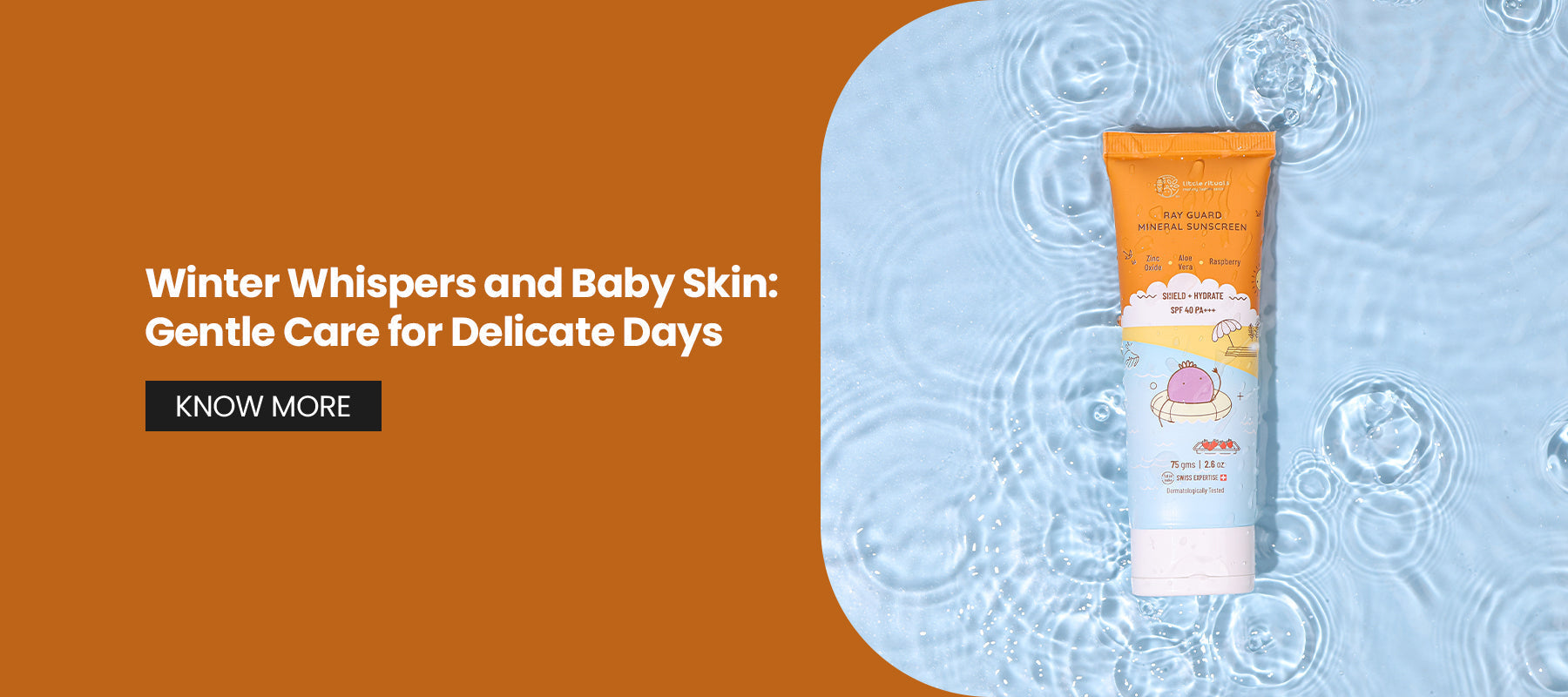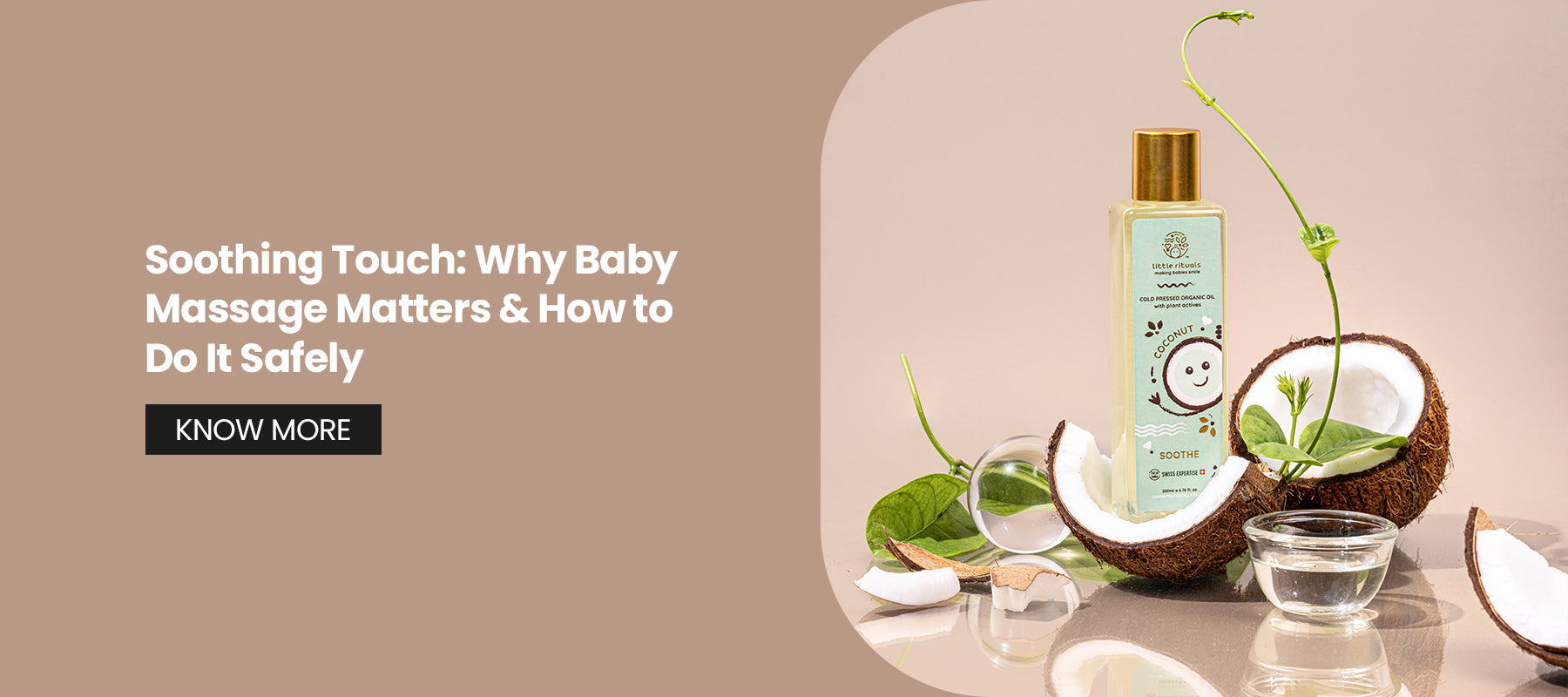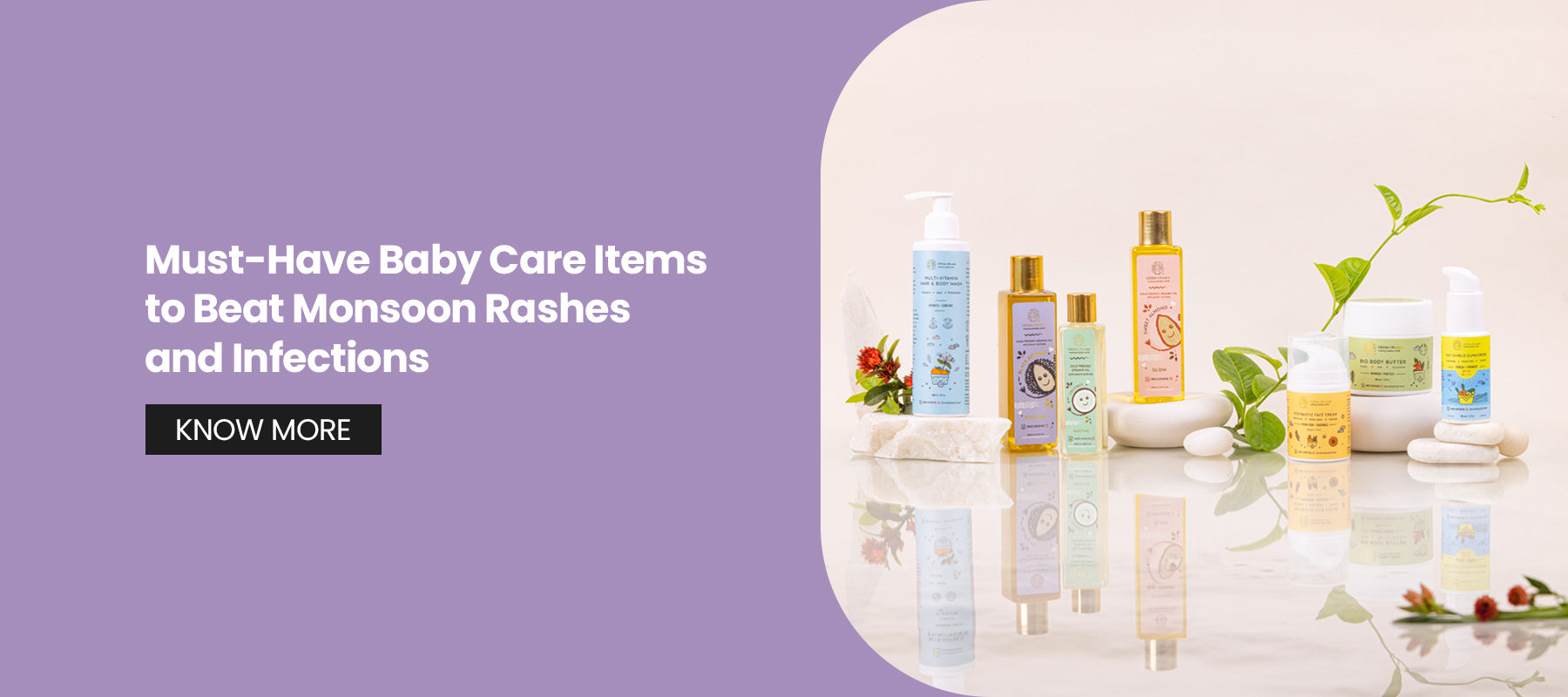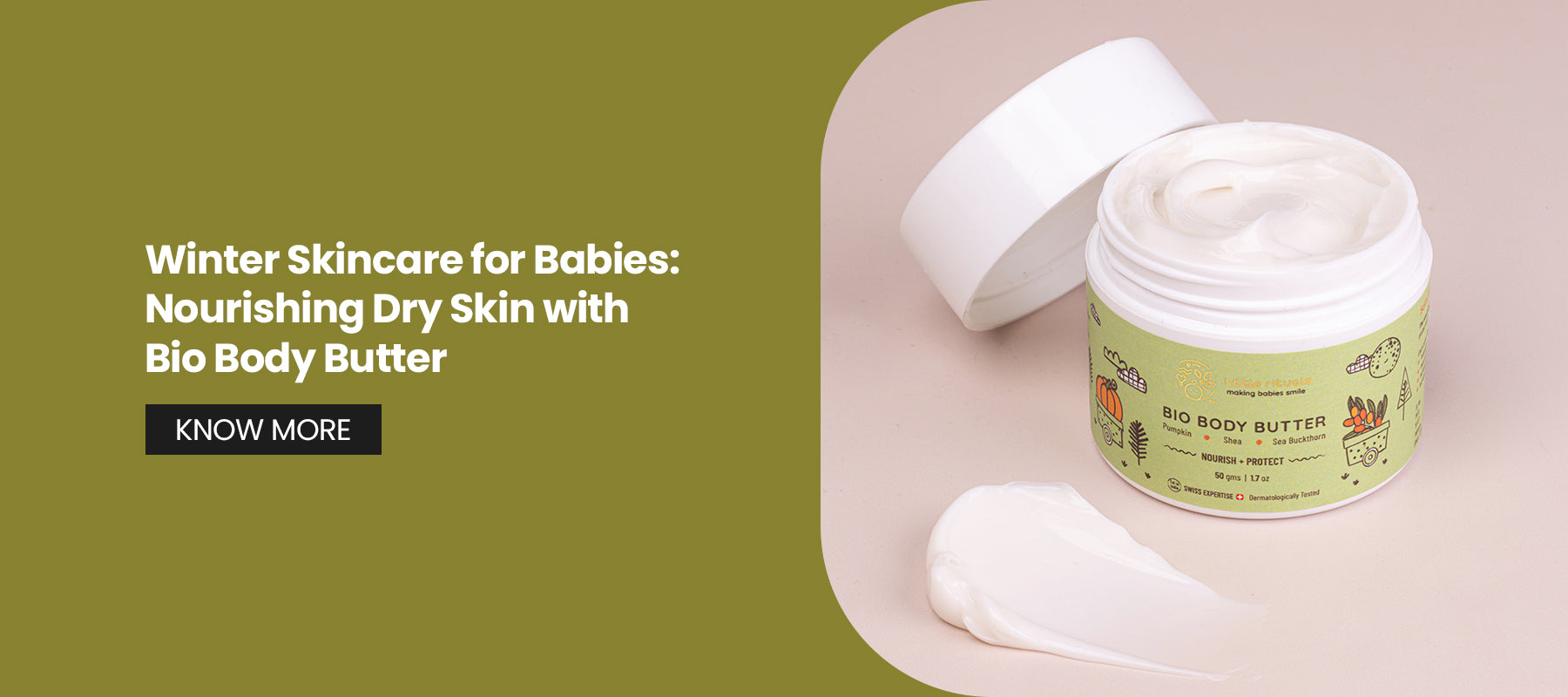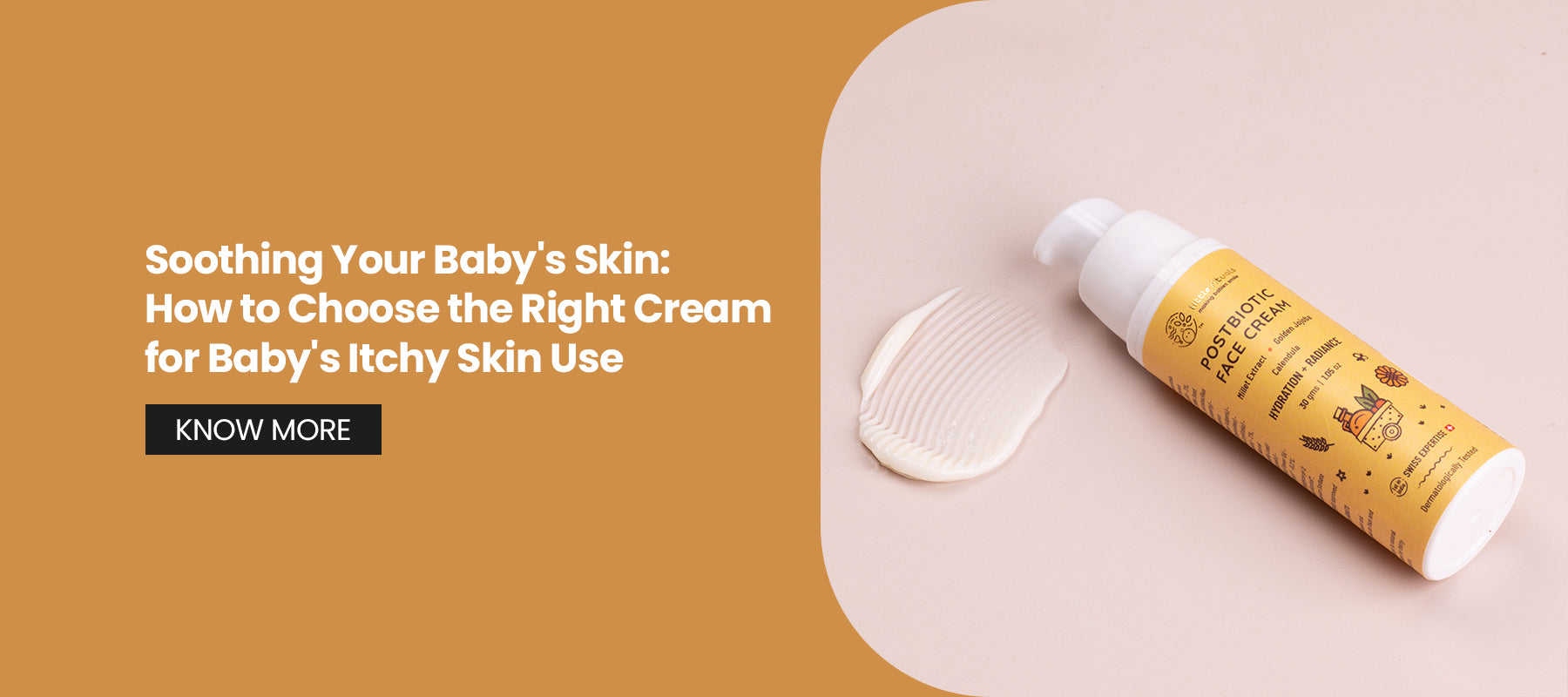
Soothing Your Baby's Skin: How to Choose the Right Cream for Baby's Itchy Skin
A baby's skin is incredibly delicate, far thinner and more permeable than that of adults. This makes it more prone to dryness, itchiness, and irritation. The thinner barrier and higher sensitivity mean it loses moisture quickly, making it susceptible to dryness, irritation, and itchiness. For parents, this can be concerning, especially when their little one seems uncomfortable.
According to the British Association of Dermatologists, infant skin has a reduced ability to retain moisture and an underdeveloped skin barrier, which makes choosing the right cream essential.
In this guide, we'll explore the common causes of itchy skin in babies, the signs that call for extra care, and how to choose the right cream for a baby's itchy skin.

Common Causes of Itchy Skin in Babies
Babies have very delicate skin that reacts quickly to changes in their surroundings. What might seem like a small irritant to us can easily cause dryness, redness, or itching for them.
Understanding the most common causes helps parents take the right steps and choose the right cream for baby's itchy skin.
Dry skin (xerosis): Baby skin loses water faster than adult skin, which makes it more likely to feel dry, tight, and itchy, especially in colder weather.
Eczema (atopic dermatitis): A chronic condition that can cause red, inflamed, and itchy patches. It is very common in babies and often linked to sensitive skin and genetic factors.
Allergic reactions: Soaps, detergents, certain fabrics, or even some foods may trigger irritation.
Heat rash (miliaria): Common in hot or humid weather, when sweat glands become blocked and tiny red bumps appear.
Environmental irritants: Things like dust, pollution, or rough clothing can also cause itchy flare-ups.
Related Blog: Soothe the Itch: Should You Use Cream or Lotion for Babies and kids' Skin this Season?
Signs Your Baby's Skin Needs Extra Care
It is normal for babies to have occasional dry patches, but persistent or worsening irritation may be a sign that the skin needs special attention. Recognizing these signs early can help you choose the right moisturizer for baby's dry skin before the condition becomes uncomfortable:
Persistent redness or inflammation: According to the NHS, redness that lasts for days without improvement may indicate eczema or another skin condition that requires targeted care.
Rough, scaly, or flaky patches: Babies' skin has an underdeveloped barrier, which makes it prone to water loss. If skin looks scaly or peels despite regular moisturizing, it may need a richer, ceramide-based cream.
Constant scratching or rubbing: The British Association of Dermatologists notes that frequent itching or rubbing can signal skin barrier dysfunction, often linked to eczema or dryness.
Dryness immediately after bathing: If your baby's skin feels tight, dry, or irritated soon after a bath, even with gentle towel-patting, it suggests the natural oils are being stripped away, and a more effective cream may be needed.
Recurrent rashes: Repeated flare-ups that don't settle with gentle skincare might be linked to allergens, detergents, or environmental triggers. This is often a sign to consult your pediatrician or dermatologist.
If you notice these signs, it may be time to explore options in the best moisturizers for baby's dry skin.

Choosing a Cream Based on Skin Type (Dry, Sensitive, Eczema-Prone)
Every baby's skin is unique, which means the cream that works for one may not work for another. Choosing the product depends on whether your little one's skin is dry, sensitive, or prone to eczema. Here's how natural formulations and science-backed ingredients can help support each skin type:
1. For Dry Skin
Dryness in babies is often due to their underdeveloped skin barrier, which loses moisture quickly. Using a cream with hydrating and barrier-strengthening ingredients is essential.
Austrian Red Millet: Clinically shown to boost hydration significantly, this ingredient helps restore lost moisture and strengthen the skin barrier.
Jojoba Oil: Works as a natural emollient, helping to seal in moisture and keep skin soft and supple without leaving a greasy residue.
Sweet Almond & Grape Seed Oils: Rich in fatty acids, these provide deep nourishment to flaky or rough patches.
Best for babies with flaky, rough, or tight-feeling skin.
2. For Sensitive Skin
Sensitive skin reacts quickly to irritants, causing redness, small bumps, or rashes. The best baby cream for sensitive skin should contain calming botanicals.
Calendula: Known for its anti-inflammatory and calming properties, calendula helps reduce redness and irritation while promoting healing.
Natural Vitamin E: A gentle antioxidant that helps protect delicate skin without causing irritation.
Best for babies with easily irritated or redness-prone skin.
3. For Eczema-Prone Skin
Eczema is linked to a weakened skin barrier and an overactive immune response. A cream for eczema-prone babies should focus on reducing inflammation and supporting barrier repair.
Ceramides: Help restore and maintain the skin barrier, reducing water loss that can worsen eczema flare-ups.
Colloidal oatmeal: Recognized by dermatologists for its anti-inflammatory properties and ability to soothe itchy, irritated skin.
Pro-Vitamin B5 (Panthenol): Clinically recognized for calming irritation and helping the skin retain moisture.
Related Blog: And kids Worried About Dry Skin? Here’s What to Know About the Face Creams for Babies and Kids
Ingredients to Avoid in Baby Creams
Not all skincare products marketed for babies are truly gentle. Some contain chemicals that can irritate delicate skin or disrupt its natural barrier. According to dermatologists, here are the main ingredients to avoid when choosing creams for newborns and infants:
Artificial fragrances and dyes: Fragrances are a leading cause of allergic contact dermatitis in children. Even "natural" perfumes can be irritating.
Parabens (preservatives): While generally considered safe in small amounts, some parents prefer to avoid them due to concerns about potential hormone disruption.
Phthalates: Often used to stabilize fragrance, phthalates have been linked to endocrine disruption concerns. Many pediatric dermatologists recommend avoiding them for babies.
Harsh alcohols (such as ethanol, denatured alcohol): These can dry out the skin, strip natural oils, and worsen irritation. Look instead for fatty alcohols like cetyl or stearyl alcohol, which are safe and moisturizing.
Safer choice: Always look for creams that are fragrance-free, hypoallergenic, dermatologist-tested, and pediatrician-approved. Reading ingredient labels carefully helps parents make the best choice for their baby's delicate skin.
Frequently Asked Questions
-
How often should you apply baby cream for dry or itchy skin on your baby?
Most dermatologists recommend moisturizing your baby's skin at least twice a day, and more often during flare-ups or dry weather. Applying cream immediately after bathing (within 3 minutes) is especially effective.
-
Can you use the same cream for both the face and body?
Yes, as long as the cream is specifically formulated for babies and is fragrance-free, hypoallergenic, and safe for sensitive skin. Always patch-test before applying to larger areas, especially on the face.
-
What's the difference between baby lotion and baby cream?
Lotions are lighter and water-based, while creams are thicker and provide deeper hydration. For dry, itchy, or eczema-prone skin, creams are usually the better option as they lock in more moisture.
-
How do you know if a baby cream is safe for your child's skin?
Look for creams that are fragrance-free, hypoallergenic, dermatologist-tested, and free from harsh ingredients like strong fragrances, dyes, and harsh alcohols. Products with minimal, recognizable ingredients are often safer choices.
